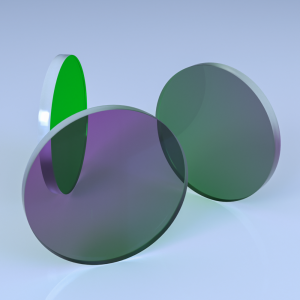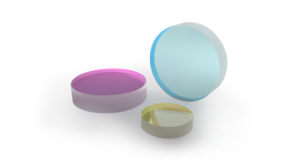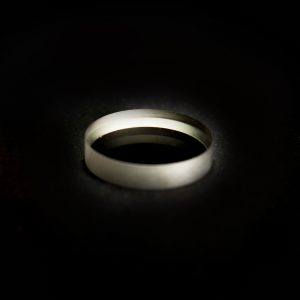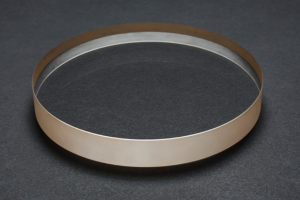1550nm filter – The most important sensing organ in the driving scheme of unmanned vehicles is the LDAR LiDAR. The large-scale popularization of LDAR LiDAR has brought unmanned vehicles closer to the general public. What are the optical bands used for LDAR LiDAR? What are the advantages and disadvantages of the different optical bands of LDAR LiDAR? Follow Borisun Optics to have a preliminary understanding
The full name of DAR lidar is Light Detection and Ranging, also known as lidar. The working principle of DAR LiDAR: Infrared band (currently commonly used is 850) nm filter band, 905 nm Detection of objects through emission, reflection, and reception in the m filter band and 1550nm filter band
1550 currently used on unmanned vehicles Compared with 9o5nm silicon photodetectors, m’s indium gallium arsenic (n gaas) is safer and can increase the power of the laser without causing harm to human eye health.

At present, the infrared laser in the 905nm filter band cannot be used too high due to legal regulations, as the red light at 905nm is invisible but can be directly transmitted to the human retina. Therefore, 905 η The detection distance of infrared light cannot meet the detection requirements of autonomous vehicles. So the LIDAR radar needs to achieve a detection distance of 200-300 meters, and the infrared light in the 1550nm band can meet the requirements (light greater than 1400nm cannot be projected onto the retina). Currently, the infrared light in the 1550nm band is also a relatively mature application detection solution abroad.
Famous enterprises in the field of solid-state LiDAR use a 1550nm LiDAR laser with a power 40 times that of traditional silicon optoelectronic systems. After comparison, it was found that it can not only improve signal-to-noise ratio, reduce pulse width, but also have low pulse repetition frequency and lower duty cycle. At the same time, it can improve the detection effective range of LiDAR, especially in complex weather conditions where the reflectivity of detected objects will decrease, resulting in a shorter effective range of LiDAR, but increasing by 1550 η M lidar power can further solve this problem, even for detected objects with relatively small reflectivity, the effective range of the lidar of well-known enterprises in the industry can reach 200 meters
1550nm filter band LIDAR LiDAR application scenarios:
Autonomous Navigation and Obstacle Avoidance of Unmanned Vehicles
Drone Landing Guidance and Autonomous Obstacle Avoidance
Low altitude 3D surveying and mapping of drones
3D surveying and mapping of digital park
Intelligent personnel counting system
Security monitoring
intelligent robot
3D Vision
Indoor/on-site 3D construction drawings

At present, the LiDAR filters produced by Hanzhong Borisun Optics are customized by several well-known domestic LiDAR production enterprises and technology research and development institutions. The filters produced by Borisun Optics have been certified by the SO industry, mainly covering 850nm filters, 905nm filters, 1550nm filters, and commonly used LiDAR filter solutions. For more special customized filter solutions, please feel free to inquire



